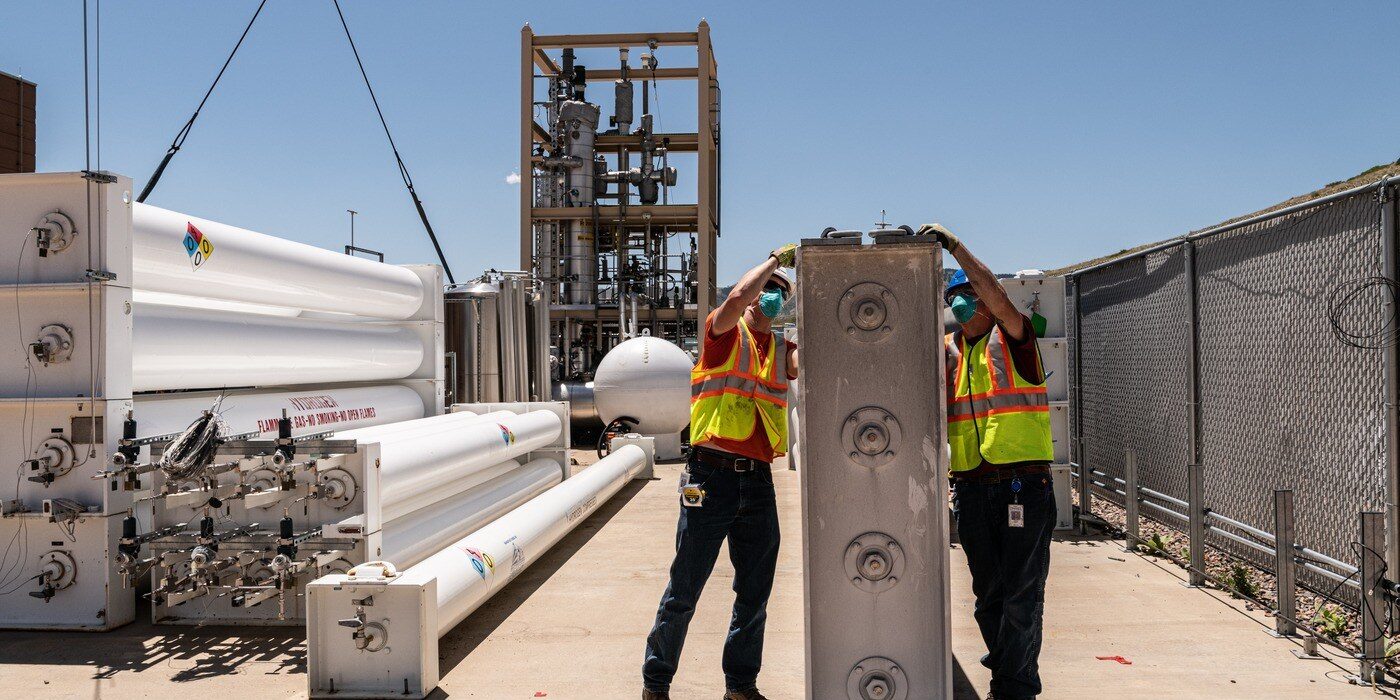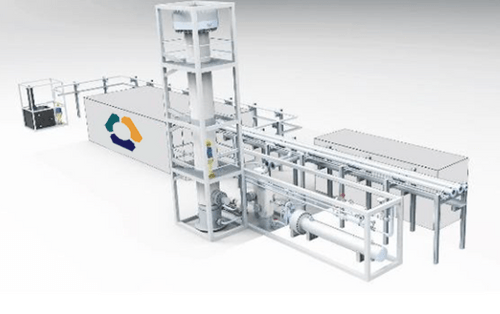Mantel Capture, Inc. (Mantel), the technology provider of a carbon capture system using molten borates, today announced it has raised $30 million in Series A funding co-led by Shell Ventures and Eni Next. Additional participating investors include Engine Ventures, New Climate Ventures, Hartree, bp Ventures, Arosa Ventures, Vale Ventures, Newlab, MCJ Collective, and others.
The funding will be used to implement a demonstration project at an industrial site and help pave the way for full-scale commercial deployment of Mantel’s high-temperature carbon capture systems. The company’s technology has already demonstrated carbon capture at lab scale of half a tonne per day, and the upcoming project will be around 10 times larger, rated to capture 1,800 tonnes of CO2 emissions per year at an industrial site.
“With support from both investors and industry leaders, we are eager to showcase the effectiveness of Mantel’s technology across industrial applications and demonstrate its potential to be the lowest cost pathway to net zero emissions for our industrial customers,” said Cameron Halliday, co-founder and CEO of Mantel. “This investment enables us to transition from lab-pilot success to working with customers to design and prepare for the deployment of full-scale commercial projects.”
Mantel leverages molten borates, the only high-temperature liquid-phase carbon capture material, to capture CO2 at the source of emission. By operating at high temperatures Mantel’s systems recover high-grade heat when capturing CO2 (absorption), offsetting the energy necessary to regenerate the molten borate material (desorption). This enables Mantel to capture CO2 from industrial emissions efficiently, reducing capture costs by more than half compared to conventional amine-based carbon capture technologies, which helps render installing Mantel’s carbon capture technology at heavy industry sites economically feasible. As more carbon capture equipment is installed, it is expected this will prompt more investment in infrastructure, further driving down costs of carbon capture, transport and storage.








